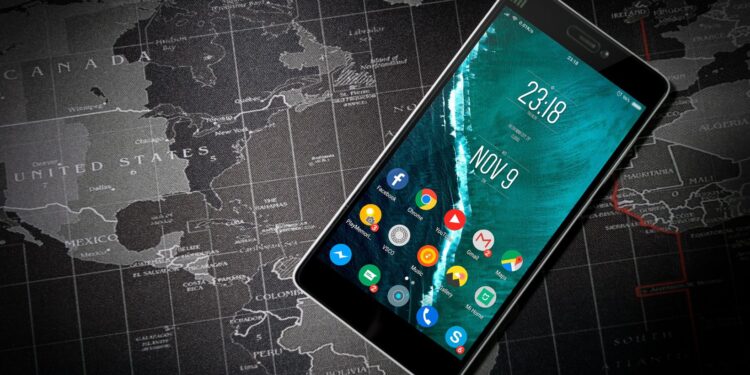Despite being the two dominant mobile operating systems in the world, iOS and Android share many key similarities that allow them to provide comparable user experiences and functionality. While the underlying architecture, development ecosystems, and philosophical approaches of the two platforms differ in important ways, there are several areas where iOS and Android converge, showcasing the common needs and expectations of modern smartphone users.
One of the most fundamental similarities between iOS and Android is the core set of features and apps that both platforms provide. Both operating systems offer built-in applications for tasks like web browsing, email, messaging, media playback, navigation, and more. While the specific apps may have different names and slightly different user interfaces, the essential functionality is largely the same. This allows users to seamlessly transition between iOS and Android devices without having to learn entirely new ways of accomplishing common smartphone tasks.

Another significant area of overlap between the two platforms is the visual design and interaction paradigms. Both iOS and Android have adopted similar design languages emphasizing clean, minimalist interfaces with an emphasis on intuitive touch-based navigation. Features like home screens, app drawers, notification centres, and quick settings menus operate in conceptually analogous ways across the two platforms, making it easier for users to utilise. You can visit here to learn more.
The app ecosystem is another domain where iOS and Android demonstrate considerable overlap. While the specific apps available may differ due to platform-specific development requirements, the broad categories of apps – social media, productivity, entertainment, lifestyle, etc. – are largely consistent across iOS and Android. This means that users of either platform generally have access to the same types of applications to meet their day-to-day needs, with only minor differences in the specific titles or brands available.

Furthermore, both iOS and Android have made significant strides in recent years to improve cross-platform compatibility and interoperability. Features like cloud synchronization, universal search, and seamless file sharing have allowed users to maintain continuity of experience and data access as they move between iOS and Android devices. This convergence of capabilities has helped to further reduce the friction associated with switching between the two dominant mobile operating systems.
Ultimately, the similarities between iOS and Android illustrate the common needs and expectations that smartphone users around the world share. While the two platforms may differ in their underlying architectures, development approaches, and philosophical orientations, they have converged on a shared set of core features, user experiences, and ecosystem capabilities. This convergence has allowed iOS and Android to collectively drive the rapid advancement of mobile technology and provide users with increasingly capable and intuitive smartphone experiences.













































































































